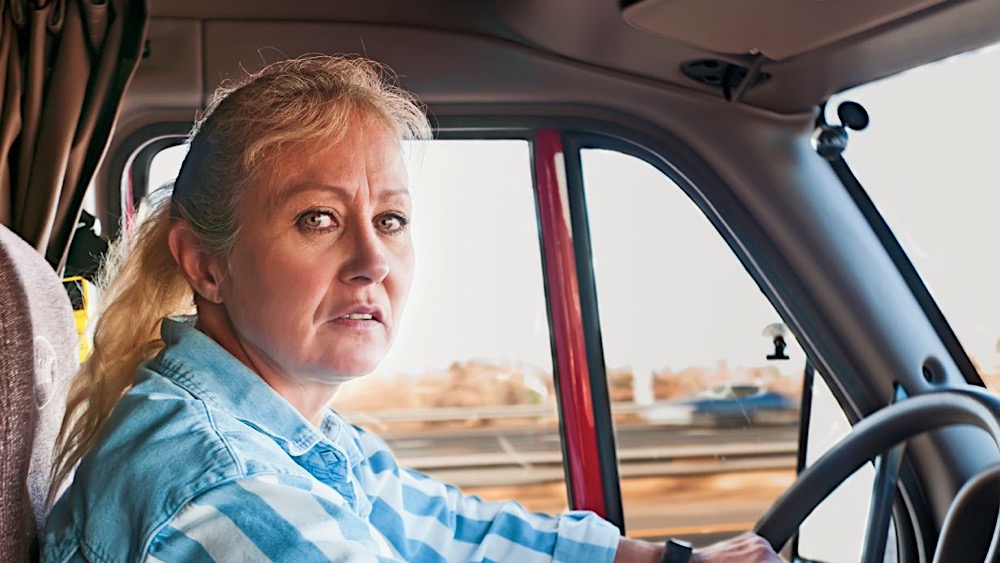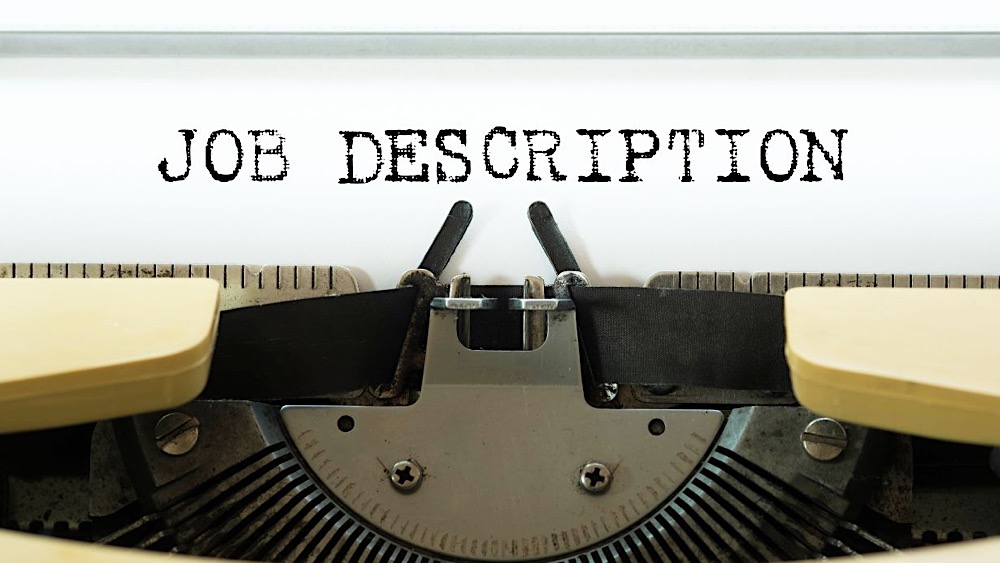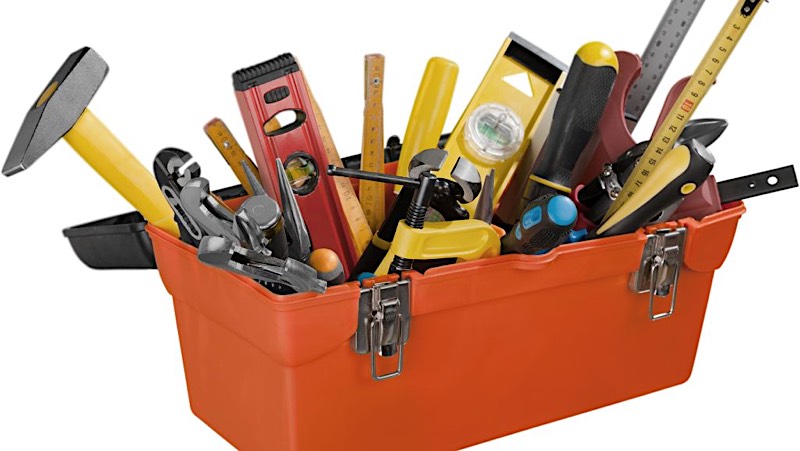 Most states, including Pennsylvania, require employers to provide Workers' Compensation Insurance for their employees. "Failure to comply with these laws subjects employers to lawsuits by employees and criminal prosecution which could result in substantial fines, imprisonment or both," according to the PA Department of Labor & Industry.
Most states, including Pennsylvania, require employers to provide Workers' Compensation Insurance for their employees. "Failure to comply with these laws subjects employers to lawsuits by employees and criminal prosecution which could result in substantial fines, imprisonment or both," according to the PA Department of Labor & Industry.
What is Workers' Compensation Insurance?
If an employee is injured in the workplace or becomes ill due to their work environment, Workers' Compensation (WC) Insurance helps cover medical costs and lost wages. In Pennsylvania, WC covers health care expenses, ongoing care, illnesses, repetitive injuries, partial or total disability payments, permanent injury payments, and death benefits. It doesn't matter who or what caused the injury – a faulty machine, the employee, a co-worker, etc.
WC also benefits the employer by limiting an injured employee's right to sue an employer directly for damages that injury or illness causes.
How Workers' Comp Claims Affect Your Business
According to the Occupational Safety and Health Administration's (OSHA) $afety Pays Program, the following are both direct and indirect costs of Workers' Compensation claims:
- Any wages paid to injured workers for absences not covered by workers' compensation
- The wage costs related to time lost through work stoppage associated with the worker injury
- The overtime costs necessitated by the injury
- Administrative time spent by supervisors, safety personnel, and clerical workers after an injury
- Training costs for a replacement worker
- Lost productivity related to work rescheduling, new employee learning curves, and accommodation of injured employees
- Clean-up, repair, and replacement costs of damaged material, machinery, and property
- The costs of OSHA fines and any associated legal action
- Third-party liability and legal costs
- Worker pain and suffering
- Loss of goodwill from bad publicity
Cost of Not Filing a WC Claim When an Employee is Injured on the Job
We want to clarify that we are NOT suggesting that you not file a claim when an employee is injured on the job. We understand that filing a claim takes time and may increase your WC costs, but failing to report a WC claim promptly can hurt your business, your injured employee, and your worker's comp insurance costs. It can result in legal action against your business, a minor injury morphing into a more severe injury, bad relationships with all employees, bad publicity, and more.
On the other hand, there are many benefits of reporting a WC claim promptly – preservation of evidence, lower cost of claims, quicker return to work, decreased litigation, fraud prevention, and more. There are better ways to lower the cost of WC claims.
15 Tips to Lower the Costs of WC Claims
- Develop a Safety Program
- Provide Appropriate Training
- Work with an independent insurance agent who will compare costs for worker's compensation insurance.
- Use the correct job classification codes.
- Follow OSHA's requirements and standards.
- Implement a Return-to-Work Program
- Design and Injury Response Protocol
- Ensure that your insurance provider has accurate payroll info
- Work With Your Medical Team
- Manage Claims
- Investigate Injuries
- Submit all WC notifications and claim forms promptly
- Prevent Fraud, Waste, and Abuse
- Review Your Loss Run Report
- Utilize OSHA's Estimated Costs of Occupational Injuries and Illnesses and Estimated Impact on a Company's Profitability Worksheet
Are You Paying Too Much for Worker's Compensation Insurance?
American Insuring Group offers cost-effective Worker's Compensation Insurance from many competing insurance companies. We'll work hard to get you the best price on quality insurance to protect your employees and your business.
Don't wait! Call our independent agents today at (800) 947-1270 or (610) 775-3848, or connect with us online.



 As a general contractor, it may feel as if you’re a Jack of all trades, but sometimes you need to call in an expert (or a subcontractor) – an electrician, plumber, carpenter, etc. – on a project. And sometimes, you are the expert hired as a subcontractor.
As a general contractor, it may feel as if you’re a Jack of all trades, but sometimes you need to call in an expert (or a subcontractor) – an electrician, plumber, carpenter, etc. – on a project. And sometimes, you are the expert hired as a subcontractor. Landlord Insurance
Landlord Insurance One way to lower
One way to lower  One way to lower
One way to lower  Reducing worksite hazards can help save
Reducing worksite hazards can help save  A rental property is a significant investment that you have no choice but to entrust to total strangers.
A rental property is a significant investment that you have no choice but to entrust to total strangers.  When we think of ways to lower the number of claims to reduce
When we think of ways to lower the number of claims to reduce  Workers' Compensation
Workers' Compensation Toolbox talks are designed to improve safety, minimize the risk of injury, and save money – including
Toolbox talks are designed to improve safety, minimize the risk of injury, and save money – including 



